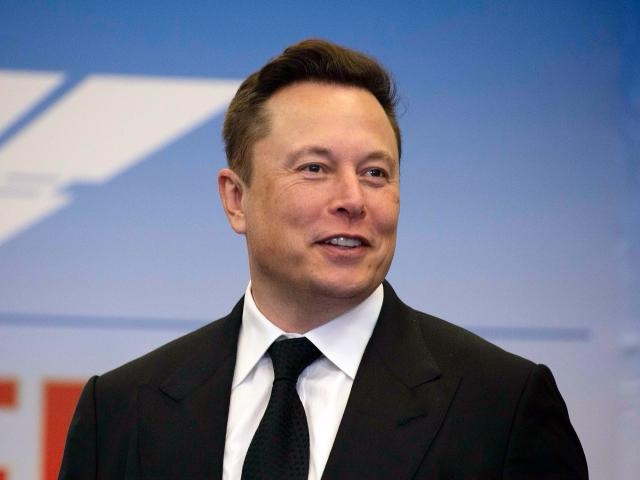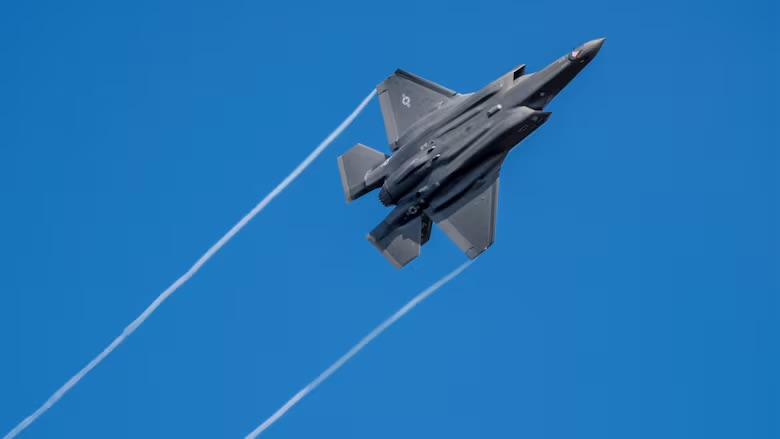In the ever-shifting landscape of global trade, the United States finds itself once again at the center of a storm. As spring unfolds in 2025, the topic of tariffs has returned to the forefront of economic and political discourse. With new policy proposals, international tensions, and economic speculation swirling, the latest developments in US tariffs paint a vivid picture of a nation grappling with its role in the global marketplace.
As whispers of new trade measures grow louder, industry insiders and policymakers alike are preparing for a pivotal shift. Analysts now expect the US to roll out a fresh wave of tariffs by the fourth quarter of 2025, with stainless steel products taking center stage. This anticipated move is largely fueled by domestic producers pushing for greater protection against foreign competition, hoping to secure a more level playing field. The proposed measures could reshape supply chains and influence global pricing, marking a significant chapter in America's evolving trade strategy.
Beyond domestic borders, the ripple effects of these tariff talks are already being felt. Economists across Asia are sounding the alarm, warning of potential fallout from increased US tariffs. The specter of the US-China trade war, which began under former President Trump, still looms large. As tensions simmer, regional economies brace for possible disruptions, knowing that even a slight shift in US policy can send shockwaves through international markets.
Adding fuel to the fire is Peter Navarro, the controversial former trade advisor to President Trump. Never one to shy away from bold declarations, Navarro has reentered the spotlight with renewed calls for aggressive tariff policies. Advocating for levies as high as 43% on Chinese imports, he argues that such measures are necessary to combat currency manipulation and intellectual property theft. While his stance reignites debates over protectionism, many economists caution that such steep tariffs could inflate consumer prices and strain diplomatic ties.
Meanwhile, concerns are mounting over the broader economic implications of escalating tariffs. As the possibility of intensified trade barriers looms, some experts warn of potential recessionary pressures. Businesses and consumers alike are watching closely, wary of how rising costs and disrupted trade flows might affect growth and stability. The debate over tariffs is no longer just a matter of foreign policy—it’s a question of economic resilience at home.
In this unfolding narrative, the United States stands at a crossroads. With new tariffs on the horizon, international responses taking shape, and internal debates heating up, the next few months promise to be critical. As policymakers weigh their options and industries prepare for change, one thing is certain: the story of US tariffs is far from over.









